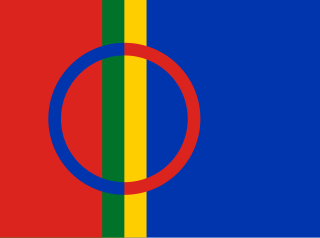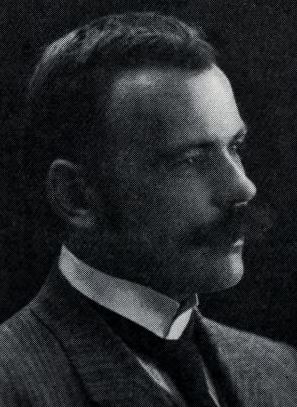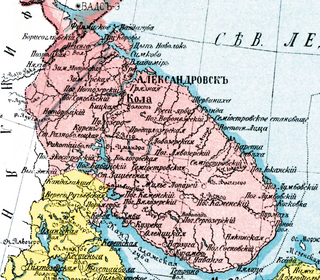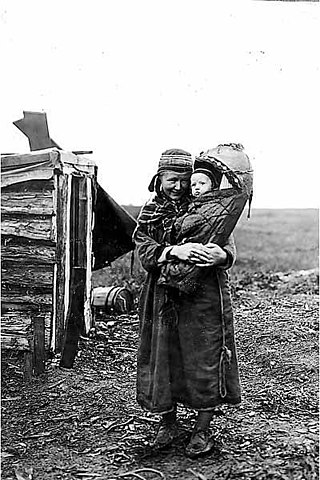
The Scandinavian Peninsula is a peninsula located in Northern Europe, which roughly comprises the mainlands of Sweden, Norway and the northwestern area of Finland.

The Sámi are the traditionally Sámi-speaking people inhabiting the region of Sápmi, which today encompasses large northern parts of Norway, Sweden, Finland, and of the Kola Peninsula in Russia. The region of Sápmi was formerly known as Lapland, and the Sámi have historically been known in English as Lapps or Laplanders, but these terms are regarded as offensive by the Sámi, who prefer the area's name in their own languages, e.g. Northern Sámi Sápmi. Their traditional languages are the Sámi languages, which are classified as a branch of the Uralic language family.

Sápmi is the cultural region traditionally inhabited by the Sámi people. Sápmi is in Northern and Eastern Europe and includes the northern parts of Fennoscandia, also known as the "Cap of the North".

Kautokeino is a municipality in Troms og Finnmark county, Norway. The administrative centre of the municipality is the village of Guovdageaidnu/Kautokeino. Other villages include Láhpoluoppal and Máze.

Sør-Varanger is a municipality in Troms og Finnmark county, Norway. The administrative centre of the municipality is the town of Kirkenes. Other settlements in the municipality include the villages of Bjørnevatn, Bugøynes, Elvenes, Grense Jakobselv, Hesseng, Jakobsnes, Neiden, and Sandnes. Located west of the Norway–Russia border, Sør-Varanger is the only Norwegian municipality that shares a land border with Russia, with the only legal border crossing at Storskog.

The Paatsjoki River is a river that flows through Finland, Norway, and Russia. Since 1826, the river has marked parts of the Norway–Russia border, except from 1920 to 1944 when it was along the Finland–Norway border.

The Sámi people are an Indigenous people of northern Europe inhabiting Sápmi, which today encompasses northern parts of Sweden, Norway, Finland, and the Kola Peninsula of Russia. The traditional Sámi lifestyle, dominated by hunting, fishing and trading, was preserved until the Late Middle Ages, when the modern structures of the Nordic countries were established.

Halti is a fell at the border between Norway and Finland. The peak of the fell, called Ráisduattarháldi, is in Norway, on the border between the municipalities of Nordreisa and Gáivuotna–Kåfjord, about one kilometre north of the border with Finland. The highest point of the fell on the Finnish side is at 1,324 m (4,344 ft) above sea level, and thus the highest point in the country. The Finnish side of Halti belongs to the municipality of Enontekiö in the province of Lapland.

The Cap of the North is the regions of Norway, Sweden, and Finland located north of the arctic circle. It usually consists of the counties Troms og Finnmark and Nordland in Norway, Norrbotten in Sweden, and Lapland in Finland. The region has a subarctic climate and is home to the majority of the Sámi people.
Events in the year 1751 in Norway.

Konrad Hartvig Isak Rosenvinge Nielsen was a Norwegian philologist. He spent most of his career as a professor at the Royal Frederick University as a lecturer, textbook writer, lexicographer and translator. His specialty was Sami languages, also called Lapp languages in his day.

Kolsky Uyezd was an administrative division of the Tsardom of Russia and later of the Russian Empire.

The Norway–Sweden border is a 1,630-kilometre (1,010 mi) long land national border, and the longest border for both Norway and Sweden.
Sámi politics refers to politics that concern the Sámi ethnic group in Norway, Sweden, Finland and Russia. In a more narrow sense, it has come to indicate the government of Sámi affairs by Sámi political institutions. This article deals with Sámi political structures, with an emphasis on the contemporary institutions.

The border between Norway and Finland is 736 kilometers (457 mi) long. It is a land and river border between two tripoints. The western tripoint is marked by Treriksröset, a concrete cairn where both countries border Sweden. The eastern tripoint is marked by Treriksrøysa, a stone cairn where both countries border Russia.

Sámi Americans are Americans of Sámi descent, who originate from Sápmi, the northern regions of Norway, Sweden, Finland, and the Kola Peninsula of Russia. The term Lapp Americans has been historically used, though lapp is considered derogatory by the Sámi.

Events from the year 1751 in Sweden

The borders of Finland are the dividing lines between it and the neighbouring countries of Norway, Russia and Sweden. The total length of land borders of Finland is 2,563 km / 1593 mi.

The Sámi Assembly of 1917 was the first Sámi National Assembly. The Sámi who took part in the assembly were from both Norway and Sweden. The meeting was held at the Methodist Church in Trondheim from 6 to 9 February 1917. The Sámi National Day is celebrated on 6 February to commemorate the beginning of this assembly. Around 150 participants gathered at the assembly, of which the majority consisted of Southern Sámi from Nordland, Trøndelag and Hedmark.

Reindeer herding is when reindeer are herded by people in a limited area. Currently, reindeer are the only semi-domesticated animal which naturally belongs to the North. Reindeer herding is conducted in nine countries: Norway, Finland, Sweden, Russia, Greenland, Alaska, Mongolia, China and Canada. A small herd is also maintained in Scotland.

















